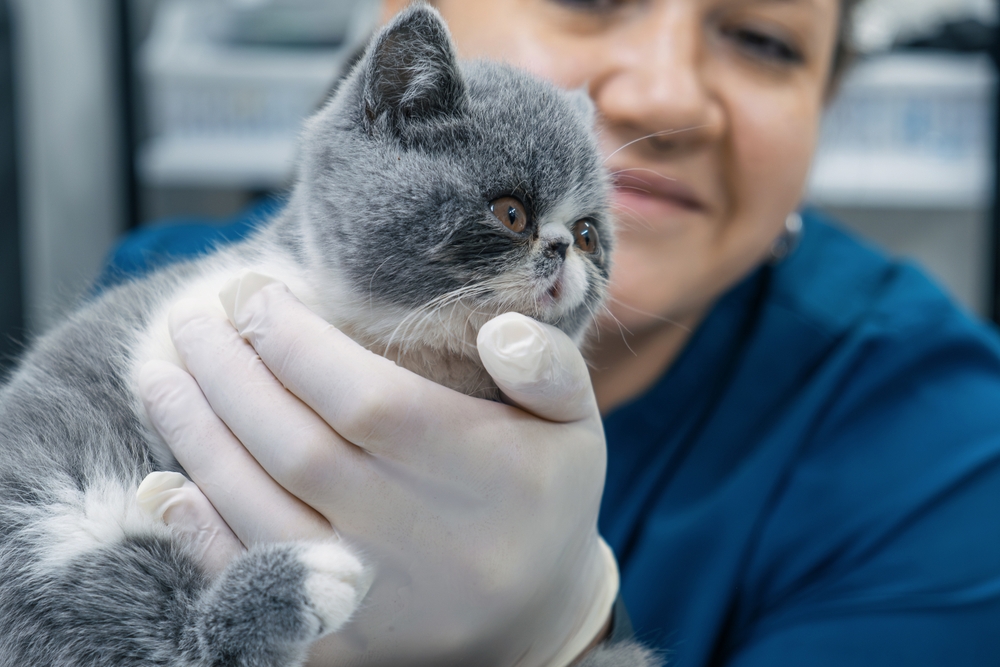
Signs and Symptoms That Your Pet Is Experiencing Pain
As a loving pet owner, you naturally want to ensure your pet is comfortable and happy. However, animals cannot tell us when they're in pain, so it's crucial to recognize the subtle signs that indicate discomfort. At Sugar Land Veterinary Clinic, we understand the importance of detecting pain early to provide timely and effective treatment for your furry friend. Here are common signs and symptoms to watch for:
Changes in Behavior
Pets in pain often exhibit behavioral changes that may seem out of character. These changes include:
• Aggression or Irritability: If your typically friendly pet becomes aggressive, growls, or snaps, it could be a response to pain.
• Avoidance or Hiding: Some animals may isolate themselves or hide, avoiding interaction with humans or other pets.
• Vocalization: While some animals may become more vocal (whining, barking, or meowing), others may go unusually silent.
Decreased Activity and Mobility
• Limping or Difficulty Walking: If your pet is favoring one limb, limping, or has trouble walking or standing, they may be experiencing joint or muscle pain.
• Stiffness or Difficulty Moving: A reluctance to jump onto furniture, climb stairs, or engage in normal activities could indicate discomfort, particularly in the joints.
• Lethargy: A pet that is unusually tired or unwilling to play might be in pain, especially if this change happens suddenly.
Changes in Appetite
• Loss of Appetite: Pets in pain often lose interest in food. If your pet suddenly refuses to eat or drink, it could be a sign that something is wrong.
• Chewing Issues: Difficulty chewing, dropping food, or avoiding hard food may indicate dental pain or oral discomfort.
Altered Posture and Body Language
• Tense Body or Hunched Posture: Animals in pain might hold themselves in unusual positions, such as arching their back, tensing their muscles, or staying in a hunched posture.
• Tail Between Legs: Dogs and cats may tuck their tail between their legs or hold it stiffly if they are in discomfort.
• Guarding a Part of Their Body: If your pet is protecting a specific area and doesn’t want to be touched there, it could be due to pain.
Excessive Grooming or Licking
• Licking or Biting at a Specific Spot: Pets often groom the painful area excessively. If you notice your pet licking or biting a particular spot, it could be due to pain, injury, or infection.
• Hot Spots: Continuous licking can lead to inflamed patches of skin, known as hot spots, which may indicate underlying discomfort.
Panting and Shallow Breathing
• Panting: While panting is normal after exercise or in hot weather, excessive panting without obvious cause could signal pain or distress.
• Shallow Breathing: Breathing patterns may change if a pet is in pain, especially if the pain is in the chest or abdomen.
Changes in Sleep Patterns
• Restlessness or Difficulty Sleeping: Pets in pain may find it hard to settle down or sleep comfortably. Restlessness at night or pacing could be signs of discomfort.
• Sleeping More Than Usual: On the other hand, some pets may sleep more than usual as a way to conserve energy and cope with pain.
Unexplained Aggression or Sensitivity to Touch
• Sensitivity to Being Touched: If your pet suddenly becomes sensitive when touched, flinches, or avoids being petted, it could be an indication of pain.
• Aggression: Even the most docile pets can become aggressive when in pain, especially if the area causing discomfort is touched.
Get in Touch with Sugar Land Veterinary Clinic Today
If you notice any of these signs, it's essential to consult your veterinarian. At Sugar Land Veterinary Clinic, we are committed to identifying the root cause of your pet’s discomfort and offering a tailored treatment plan. Early detection can prevent the problem from worsening and help your pet return to a pain-free, active life.
If you suspect your pet is in pain, contact Sugar Land Veterinary Clinic for a thorough evaluation and compassionate care. Visit our clinic in Sugar Land, Texas, email Info@Sugarland.Vet, or call (281) 800-9003 to book an appointment today.






